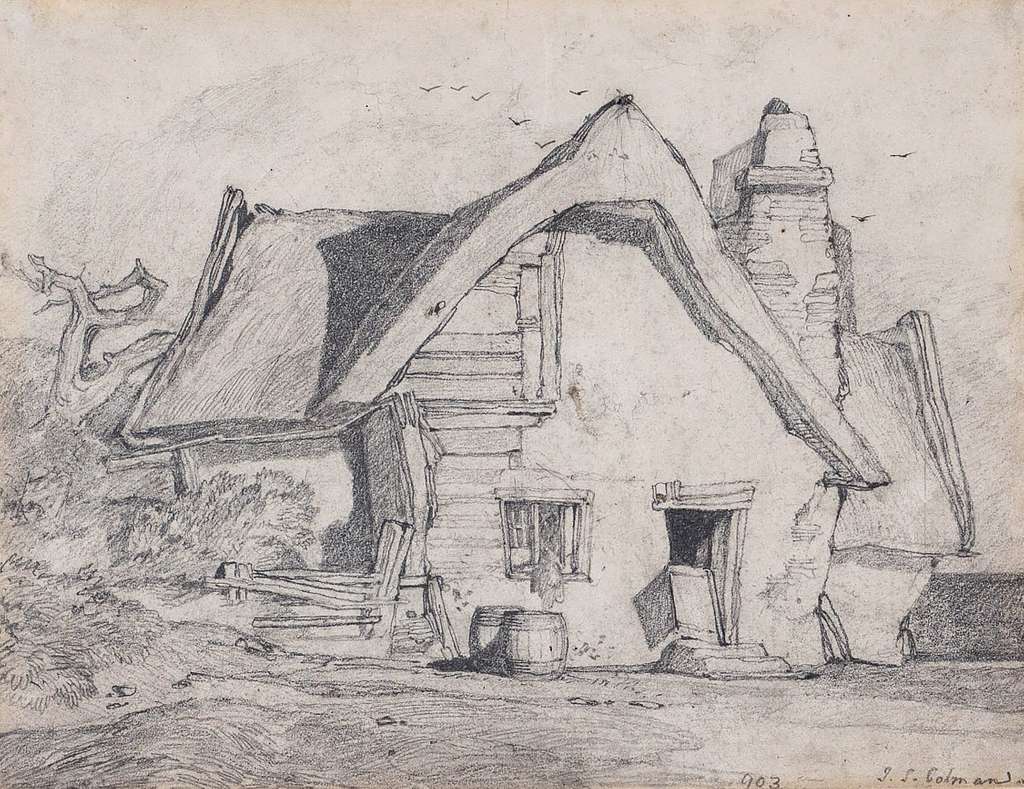My house, I suspect, is much like yours, in that it’s alive. It’s not merely that things go bump in the night, but more to do with the cockroaches that scatter as the kitchen light flickers on. The spores from the bathroom wall that multiply in my throat, or the missing window pane in the laundry where the weather leaks in. The sagging floors upstairs, like the place pulled on an old hat, frowning at the brim.
I am a share house resident, and I am one of the lucky ones. I took on the undulating masses in queues that stretch round the block and managed to escape with both my life and a lease. I tamed the real-estate agents like a veritable snake charmer, only to fear every time the property manager emails.
It is surely the case that nobody should have to live like this, in a house that labours to fulfill the promise of shelter, beneath the spectre of being priced out of one’s own existence. But many of us do. In fact, ‘the problem of the house’ is hardly new. In his 1927 work Towards a New Architecture, Le Corbusier suggests that you and I are to be “pitied for living in unworthy houses since they ruin our health and our morale.”
To him, the solution to the malaise of the modern city involves considering the home as “a machine for living.” A machine which, in place of cogs and gears, has an adequate space to sleep, to eat, to think and to sit, identical for all and infinitely replicable with the aid of industry. The role of such a house is to provide us with some comfort to keep us sane and productive members of capitalist society. I am doubtful that this amounts to an improvement in the lives of the inhabitants of the home. It seems that if the wary, old houses like mine kill us by disease, then the homes of modernity kill us by their imposition of a tyrannical sameness.
Le Corbusier, and all those who think a house is just the sum of its parts, could learn a lot from a place like mine. My house is a testament to the fact that mechanical failure can provide the grounds for thinking differently about home-life. My place, despite its failures, is still a place of love, reflection and, dare I say it, beauty. It is, in short, a home — and a living one at that.
It is our futile homemaking that gives that life its character. While the issues which underlie our occupation of the house are structural (much like the defects of its floor plan) our adornments are skin-deep. Dampness claws at the flowers we collect in vases in the living room. Slug chewed advertisements cohabit in the letterbox with correspondence addressed to a long-dead former owner who frequented the Church of Scientology. Underneath peeling layers of paint we find green wallpaper from a by-gone age, a reminder that one day soon our residence will similarly be lost under the weight of time. Yet, we never stop loving our home, this place that seems unwilling to love us back. We fix the broken parts as though they were parts of ourselves.
In the process, we find a strange harmony with the uninvited guests who host sleepovers in our cabinets. It turns out that even bugs can be good housemates. Really, all they want is much the same as what we want. A home that speaks to who we are. One that serves not as a machine for living, but a being that we live with and within. One that can love us like we love it. So, if you knock on my front door and find me inside, hosting a tea party with the bugs and the spores, I just hope you’ll pull up an old chair and join us.





